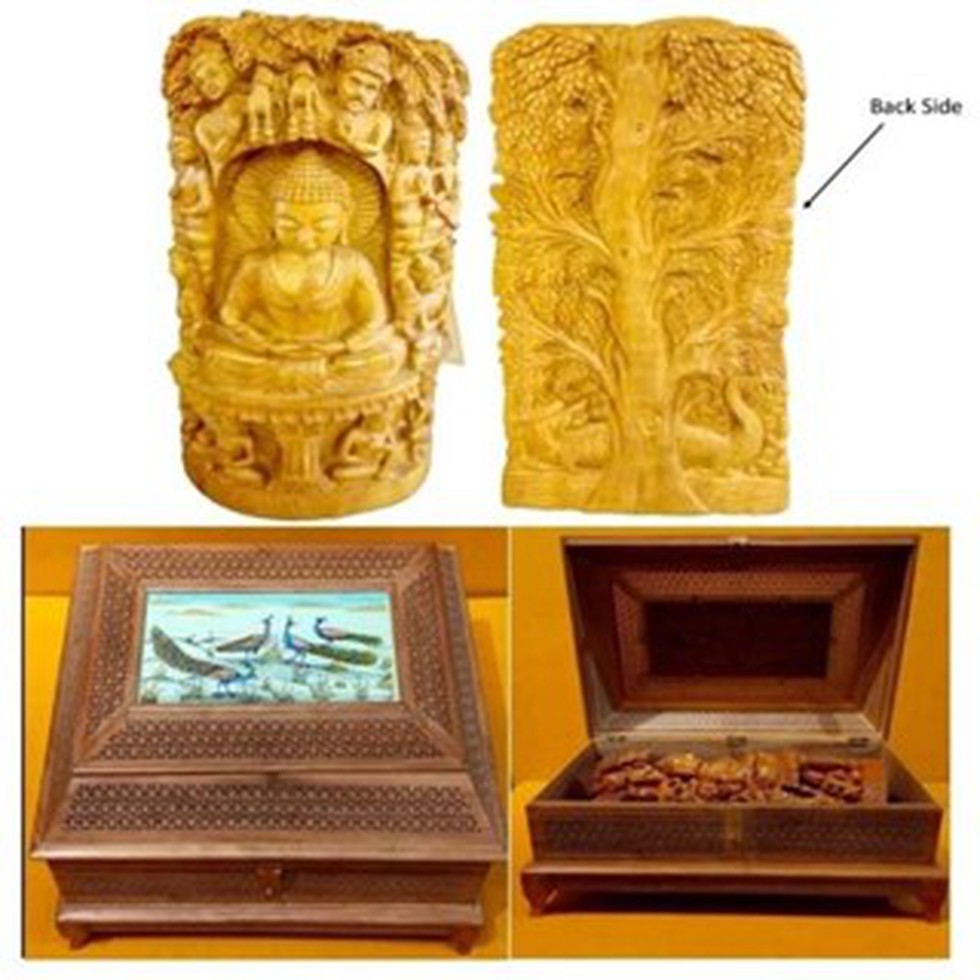
About the Sandalwood Buddha statue:
- The Buddha figure, made of pure sandalwood, has hand carvings along with traditional designs and natural scenes.
- In this posture, Buddha is sitting in ‘dhyana mudra’ under the Bodhi tree.
- The ‘dhyana mudra’ is the mudra of meditation and the attainment of spiritual perfection.
- According to tradition, this mudra derives from the one assumed by the Buddha when meditating under the Bodhi tree before his enlightenment.
- The obverse of the image has an intricate carving of the Bodhi tree.
- The Kadamwood Jali Box in which the statue was encased is also considered auspicious in Indian culture.
- The art of sandalwood carving is an exquisite and ancient craft that has been practised in Karnataka for centuries.
Key facts about the sandalwood tree
- Indian Sandalwood is a dry deciduous forest species native to China, India, Indonesia, Australia, and the Philippines
- It has been an important part of Indian culture for centuries and is widely regarded as one of the most valuable and prized woods in the world.
- Major Growing areas in India: Andhra Pradesh, Telangana, Bihar, Gujarat, Karnataka, Madhya Pradesh, Maharashtra, and Tamil Nadu.
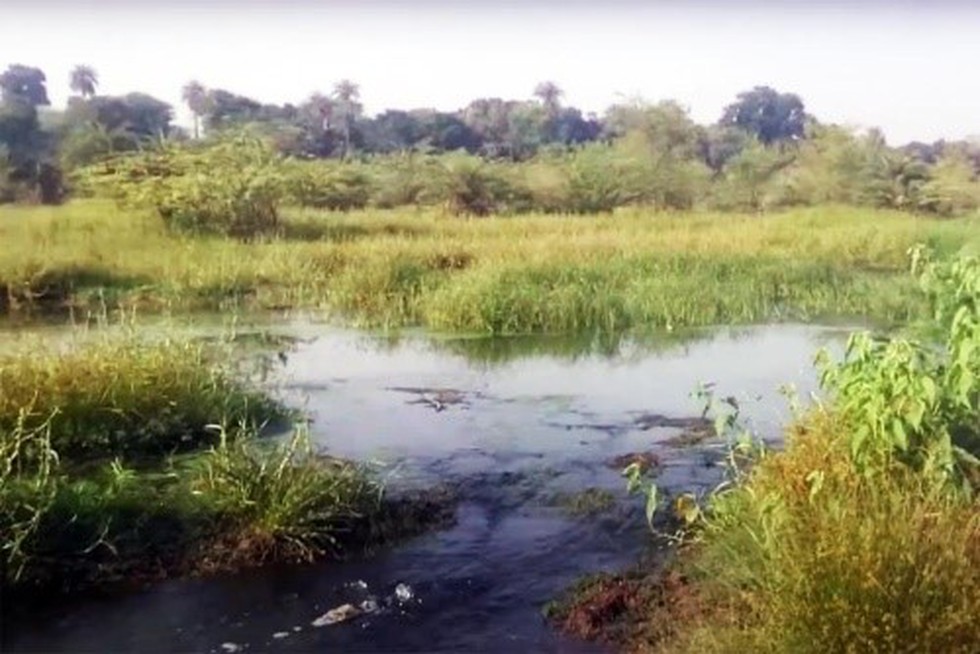
About River Kothari:
- The Kothari River raises from the Aravalli hills near Devgarh in the Rajsamand district of
- This river joins the river Banas at Nandrai in Kotri tehsil.
- The Meja dam on the Kothari river provides drinking water to the Bhilwara district.
- The most open wells in villages near the Kothari river, which flows along the industrial belt, had chromium, lead, iron, zinc and sodium above the norms set by the Bureau of Indian Standards, Poisoned Water.
Key facts about the National Green Tribunal (NGT)
- The National Green Tribunal has been established under the National Green Tribunal Act 2010.
- New Delhi is the Principal Place of Sitting of the Tribunal and Bhopal, Pune, Kolkata and Chennai shall be the other four places of sitting of the Tribunal.
- NGT is mandated to make disposal of applications or appeals finally within 6 months of the filing of the same.
What is the composition of NGT?
- The Tribunal comprises the Chairperson, the Judicial Members, and Expert Members.
- They shall hold office for a term of 5 yearsand are not eligible for reappointment.
- The Chairperson is appointed by the Central Government in consultation with the Chief Justice of India (CJI).
- A Selection Committee shall be formed by the central government to appoint the Judicial Members and Expert Members.
- There are to be at least 10 and a maximum of 20 full-time Judicial members and Expert Members in the tribunal.

About Dawn syndrome:
- Dawn syndrome is a genetic disorder, caused by the presence of an extra chromosome 21also known as trisomy of chromosome 21.
- It is one of the leading causes of genetic disorders around the world.
- Types of Down syndrome: There are three types of Down syndrome.
- Trisomy 21:About 95% of people with Down syndrome have Trisomy 21. With this type of Down syndrome, each cell in the body has 3 separate copies of chromosome 21 instead of the usual 2 copies.
- Translocation Down syndrome:This type accounts for a small percentage of people with Down syndrome (about 3%). This occurs when an extra part or a whole extra chromosome 21 is present, but it is attached or “trans-located” to a different chromosome rather than being a separate chromosome 21.
- Mosaic Down syndrome:Mosaic means mixture or combination. For children with mosaic Down syndrome, some of their cells have 3 copies of chromosome 21, but other cells have the typical two copies of chromosome 21.
- The primary symptoms of Down’s Syndrome are as follows:
- Mental retardation
- Cognitive impairment may be mild to moderate
- Tilted eyes or Fold of the skin above the eye etc.
- Treatment: Down syndrome is a lifelong condition and it cannot be cured. Early therapy programs can help improve skills.

About National Chambal sanctuary:
- National Chambal Sanctuary lying at the tri-junction of three states Madhya Pradesh, Uttar Pradesh and Rajasthan.
- It is home to the critically endangered Gharial, the red-crowned roof turtleand the endangered Ganges River dolphin.
- Chambal supports the largest population of Gharials in the wild.
Key facts about the Chambal River
- It is one of the tributaries of the Yamuna River and the most pollution-free river in India.
- It originates at the Singar Chouri peakon the northern slopes of the Vindhya mountains
- On its south, east and west, the basin is bounded by the Vindhyan mountain ranges and on the northwest by the Aravallis.
- The Hadauti plateau in Rajasthan occurs in the upper catchment of the Chambal River to the southeast of the Mewar Plains.
- Tributaries: Banas, Kali Sindh, Sipra, Parbati, etc.
- Major Dams on the River: Gandhi Sagar Dam, Rana Pratap Sagar Dam, Jawahar Sagar Dam.
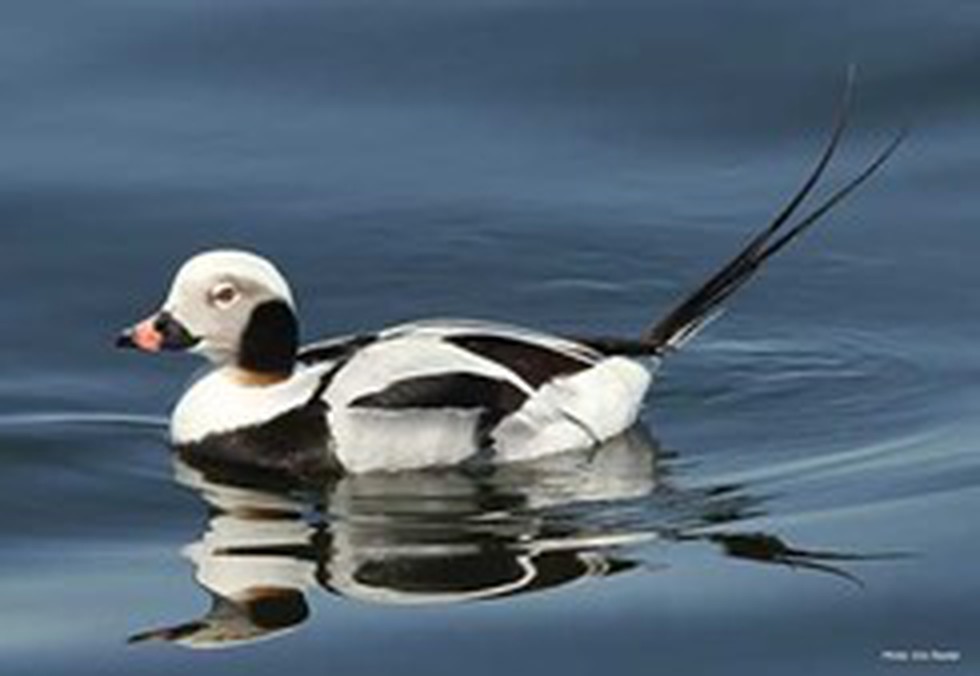
About Long-tailed ducks:
- The attractive Long-tailed Duck breeds in the high Arctic and spends winters mostly along ocean coasts.
- They are amazing divers—able to swim down as deep as 200 feet to forage.
- Unlike other ducks, Long-tailed Ducks do not use their feet to propel their dives, but they flap with partially opened wings.
- It is one of the species to which the Agreement on the Conservation of African-Eurasian Migratory Waterbirds (AEWA)
- Conservation Status
IUCN: Vulnerable
Key points about the Wular Lake
- Wular Lake is one of the largest freshwater lakes in Asia. It is located in the Bandipora district in Jammu and Kashmir.
- The lake basin was formed as a result of tectonic activityand is fed by the Jhelum River.
- The Tulbul Projectis a "navigation lock-cum-control structure" at the mouth of Wular Lake
- It is designated as the Ramsar site.
What is the Agreement on the Conservation of African-Eurasian Migratory Waterbirds (AEWA)?
- It is an intergovernmental treaty dedicated to the conservation of migratory water birds and their habitats across Africa, Europe, the Middle East, Central Asia, Greenland and the Canadian Archipelago.
- Developed under the framework of the Convention on Migratory Species (CMS) and administered by the United Nations Environment Programme (UNEP).
- The Agreement is subject to and governed by international law and its rules comply with the provisions of the Vienna Convention of the Law of Treaties.

About Right to Information (RTI) Act, 2005:
- It is a law enacted by the Parliament of India "to provide for setting out the practical regime of right to information for citizens.
- The Right to Information is derived from our fundamental right of Expression under Article 19 of the Constitution of India.
- The Act applies to all States and Union Territories of India.
- Under the provisions of the Act, any citizen may request information from a "public authority" (a body of Government or "instrumentality of State") by making an application in writing or through electronic means.
- The information seeker is not required to give reasons for seeking information.
- Time Period for Supply of Information:
- In the normal course, information to an applicant shall be supplied within 30 days from the receipt of the application by the public authority.
- If the information sought concerns the life or liberty of a person, it should be supplied within 48 hours.
- Public Information Officer (PIO): Every public authority shall designate some of its officers as They are responsible for giving information to a person who seeks information under the RTI Act.
- The Act also requires every public authority to computerize their records for wide dissemination and to proactively publish certain categories of information so that the citizens need minimum recourse to request information formally.
- Exemptions:
- It also contains several exemptions which enable public authorities to deny requests for information. It ranges from the sovereignty and security of India to trade secrets.
- Section 24 of the act exempts certain security and intelligence organizations from the purview of the act except the information pertaining to the allegations of corruption and human rights violations.
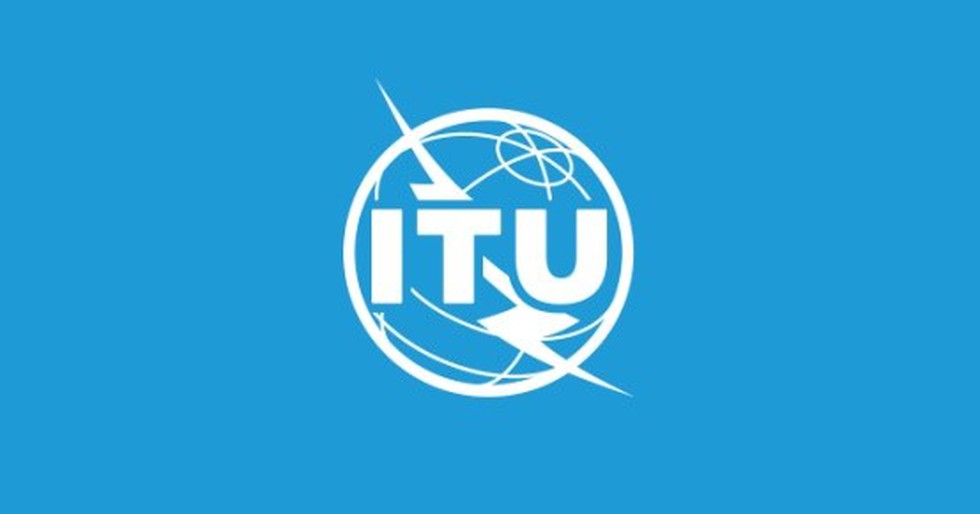
About International Telecommunication Union (ITU):
- It is the United Nations specialized agency for information and communication technologies.
- It is an intergovernmental organization that coordinates between governments and private sector bodies with respect to global telecommunication and information communication technology (ICT) services.
- It was established in 1865 as International Telegraph Union.
- In 1947 the ITU became a specialized agency of the United Nations.
- Headquarters: Geneva, Switzerland.
- Membership: It has a membership of 193 countries and nearly 800 private sector entities and academic institutions.
- Functions:
- allocate global radio spectrum and satellite orbits;
- coordination and setting of technical standards related to telecommunication/ICT;
- strive to improve access to ICTs in underserved communities worldwide;
- India and ITU: India has been an active member of the ITU since 1869 and has been a regular member of the ITU Council since 1952.
ITU Area office and Innovation Centre:
- The Area Office, which is fully funded by India, is located on the second floor of the Centre for Development of Telematics (C-DoT) building at Mehrauli in New Delhi.
- It will serve India, Nepal, Bhutan, Bangladesh, Sri Lanka, Maldives, Afghanistan, and Iran.
- It will enhance coordination among nations and foster mutually beneficial economic cooperation in the region.

About INS Androth:
- It is an Anti-Submarine Warfare Shallow Water Craft (ASW SWC).
- It is built by Garden Reach Shipbuilders and Engineers (GRSE) in Kolkata for the Indian Navy.
- Primary Role: To conduct anti-submarine operations in coastal waters, low-intensity maritime operations, and mine-laying operations.
- It is also capable of full-scale sub-surface surveillance of coastal waters and various surface platforms and coordinated ASW operations with aircraft.
- Features:
- It is about 77.6 meters long and 10.5 meters wide and requires a draught of only 2.7 meters.
- It is propelled by three diesel-driven water jets.
- It can attain a maximum speed of 25 knots.
- It carries lightweight torpedoes, ASW rockets and mines, a close-in weapon system (with a 30 mm gun), and 16.7 mm stabilized remote-controlled guns.
- It will be fitted with hull-mounted sonar and a low-frequency variable depth sonar.
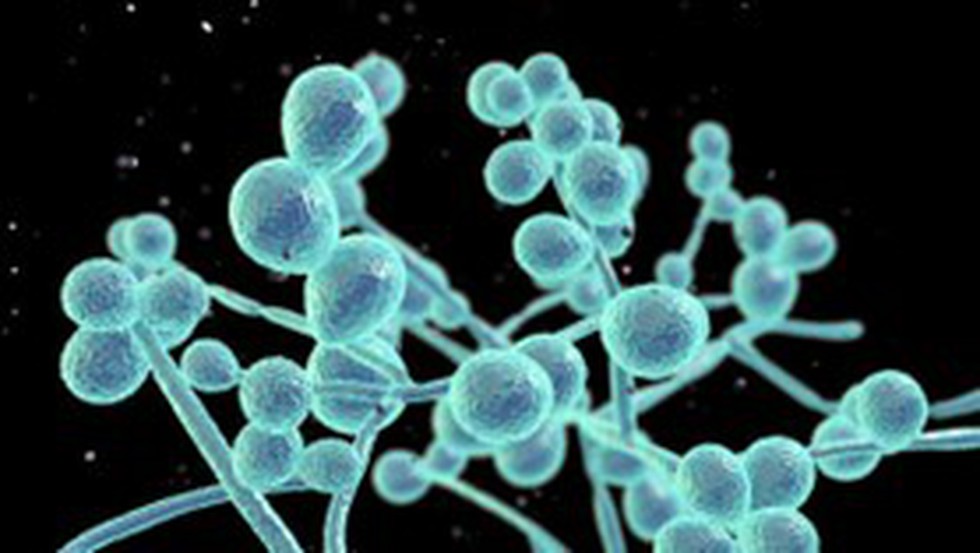
About Candida Auris (C. auris):
- It is a multi-drug resistant fungus that is capable of causing invasive infections in the human body.
- It was first identified in Japan in 2009.
- How is it contracted?
- Most cases of the fungus have been reported in healthcare settings, such as hospitals and nursing homes.
- It is generally thought to be spread through contact with contaminated surfaces or by person-to-person transmission.
- People who are already suffering from other medical conditions, recent hospital stays, and invasive devices are most at risk of contracting the fungus.
- How does the fungus act on the body? There are two ways C. auris can affect the body,
- The fungus can either live on a specific region, such as the skin, rectum, or mouth, in a process called “asymptomatic colonization,” where a patient has no symptoms but can spread it to other people.
- It can enter the bloodstream or wounds, where it can cause severe invasive infections.
- Symptoms:
- Its symptoms are often similar to those of other common diseases and hence diagnosis is difficult.
- The most common symptoms of C.auris include fever and chills that don’t go away after treatment with antibiotics.
- Mortality Rate: It is estimated to be between 30-60%.
- Treatment:
- Most C. auris infections are treatable with antifungal medications called echinocandins.
- However, there has been a rise in cases resistant to the main three classes of antifungals available, making it harder to treat patients.
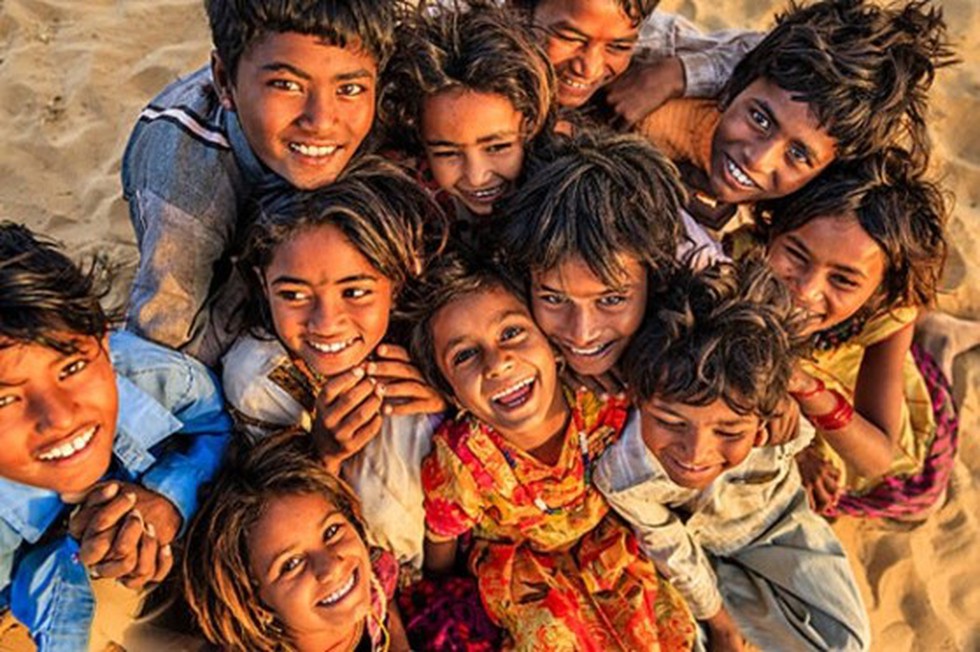
About World Happiness Report:
- It is an annual publication of the United Nations Sustainable Development Solutions Network (SDSN).
- It is based on global survey data from people in more than 150 countries.
- It is based on people's own assessment of their happiness, as well as economic and social data.
- The report considers six key factors: social support, income, health, freedom, generosity, and absence of corruption.
- It assigns a happiness score based on an average of data over a three-year period.
- Highlights of World Happiness Report 2023:
- Finland has been named the happiest country in the world for the sixth consecutive year.
- India is ranked 126, ten places higher than its ranking of 136 in 2022. It remains below most neighboring counties, including Pakistan (108) and Sri Lanka (112).
What is the United Nations Sustainable Development Solutions Network (SDSN)?
- It was launched in 2012 under the auspices of the UN Secretary-General.
- SDSN mobilizes global scientific and technological expertise to promote practical solutions for sustainable development, including the implementation of the Sustainable Development Goals (SDGs) and the Paris Climate Agreement.
- SDSN works closely with United Nations agencies, multilateral financing institutions, the private sector, and civil society.





























































































































































.png)
.png)
.png)
.png)
.png)


.png)
.png)
.png)





.png)
.png)






.png)
.png)
.png)
.png)
.png)
.png)
.png)
.png)
.png)

.png)







.png)
.png)


.png)
.png)
.png)


.png)

.png)
.png)





.jpg)

.png)
.png)


.png)

.png)
.png)
.png)

.jpg)

.jpg)


.png)

.png)
.png)
.png)
.png)
.png)
.png)
.png)
.png)
.png)
.png)




.png)

.png)





.png)
.png)
.png)
.png)
.png)
.png)
.png)
.png)
.png)
.png)
.jpg)
.jpg)

.png)
.png)
.png)
.png)
.png)
.png)
.png)
.png)
.png)
.png)
.png)
.png)
.png)
.png)
.png)
.png)
.png)
.png)
.png)
.png)
.png)
.png)



.png)
.png)

.jpg)
.jpg)


.jpg)
.jpg)
.jpg)
.jpg)
.jpg)

.jpg)








.jpg)
.jpg)
.jpg)
.jpg)
.jpg)














.jpg)
.jpg)







.jpg)


















.jpg)
.jpg)






























































































.jpg)
.jpg)


























.jpg)

.jpg)










.jpg)








.jpg)




.jpg)










.jpg)


















.jpg)












































.jpg)














.jpg)
.jpg)
.jpg)





.jpg)

.jpg)
.jpg)





































































.jpg)


































.jpg)
.jpg)
















































.jpg)












.jpg)


.jpg)




.jpg)
.jpg)
.jpg)

.jpg)
.jpg)
.jpg)
.jpg)

.jpg)
.jpg)
.jpg)

.jpg)
.jpg)
.jpg)
.jpg)
.jpg)
.jpg)
.jpg)
.jpg)

.jpg)


.jpg)
.jpg)
.jpg)
.jpg)
.jpg)
.jpg)
.jpg)
.jpg)
.jpg)
.jpg)











.jpg)
.jpg)





.jpg)
.jpg)
.jpg)
























.jpg)
























.jpg)









.jpg)
.jpg)







.jpg)
.jpg)









































.jpg)
.jpg)
.jpg)
.jpg)
.jpg)

.jpg)
.jpg)
.jpg)
.jpg)
.jpg)


.jpg)
.jpg)
.jpg)
.jpg)
.jpg)

.jpg)
.jpg)
.jpg)
.jpg)
.jpg)
.jpg)
.jpg)
.jpg)
.jpg)
.jpg)
.png)

.png)
.png)

.png)
.png)
.png)
.png)


.jpg)
.jpg)

.jpg)
.jpg)
.jpg)

.png)
.png)
.png)
.png)
.png)
.png)
.png)

.png)
.png)
.png)
.png)
.png)
.png)
.png)
.png)
.png)
.png)





































































-min.png)



.png)




.png)








































